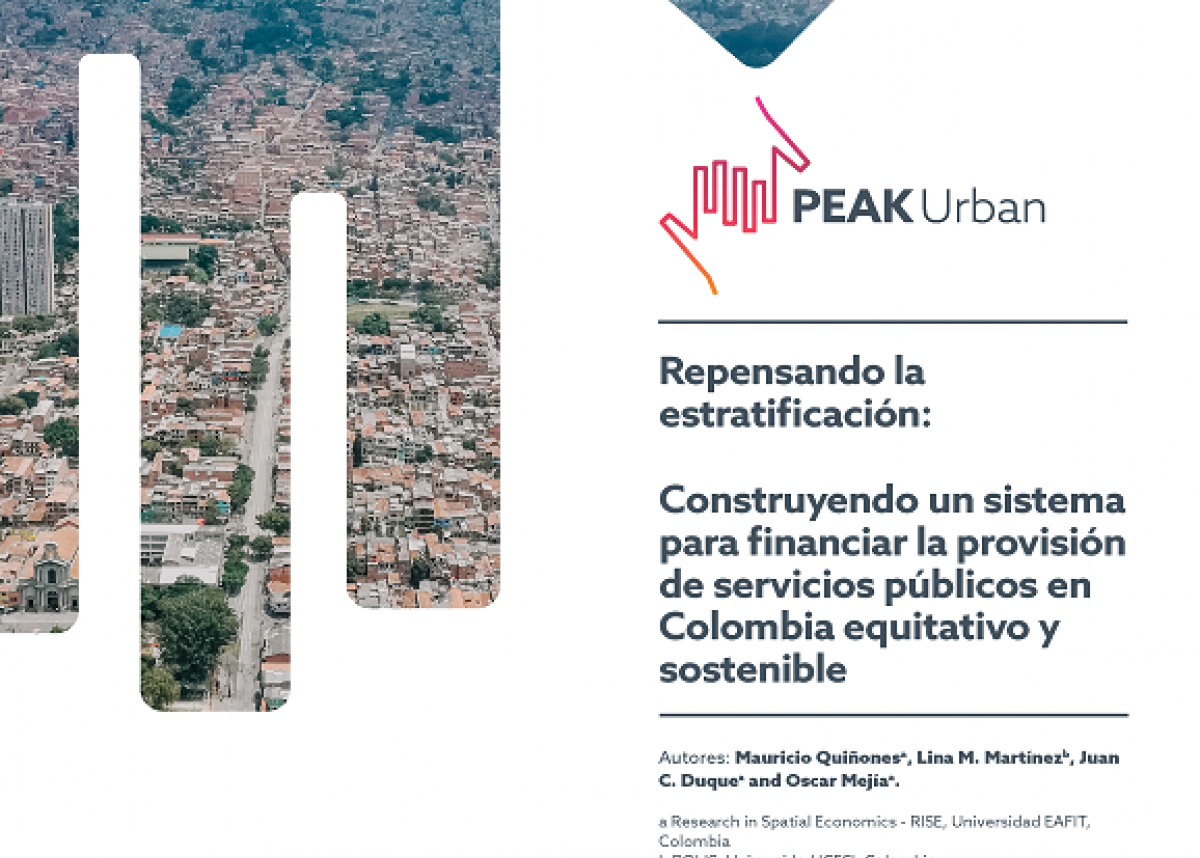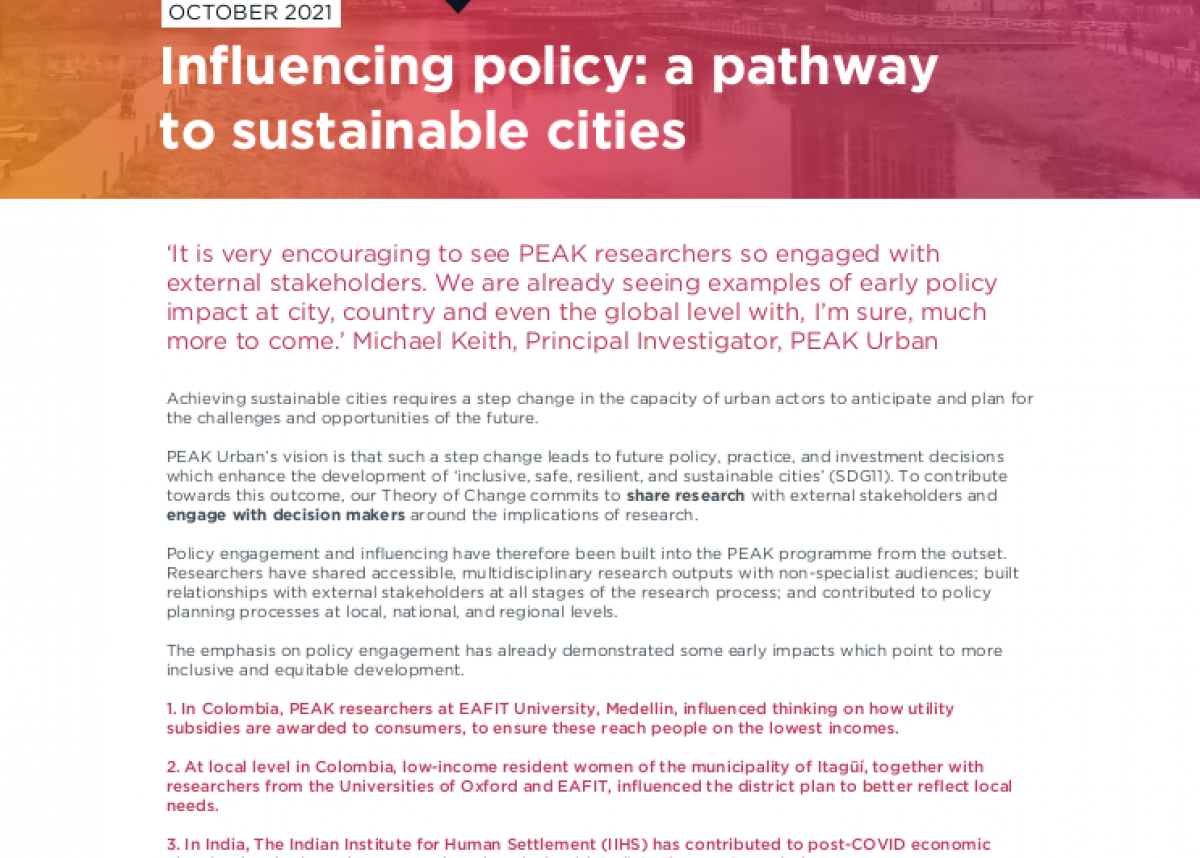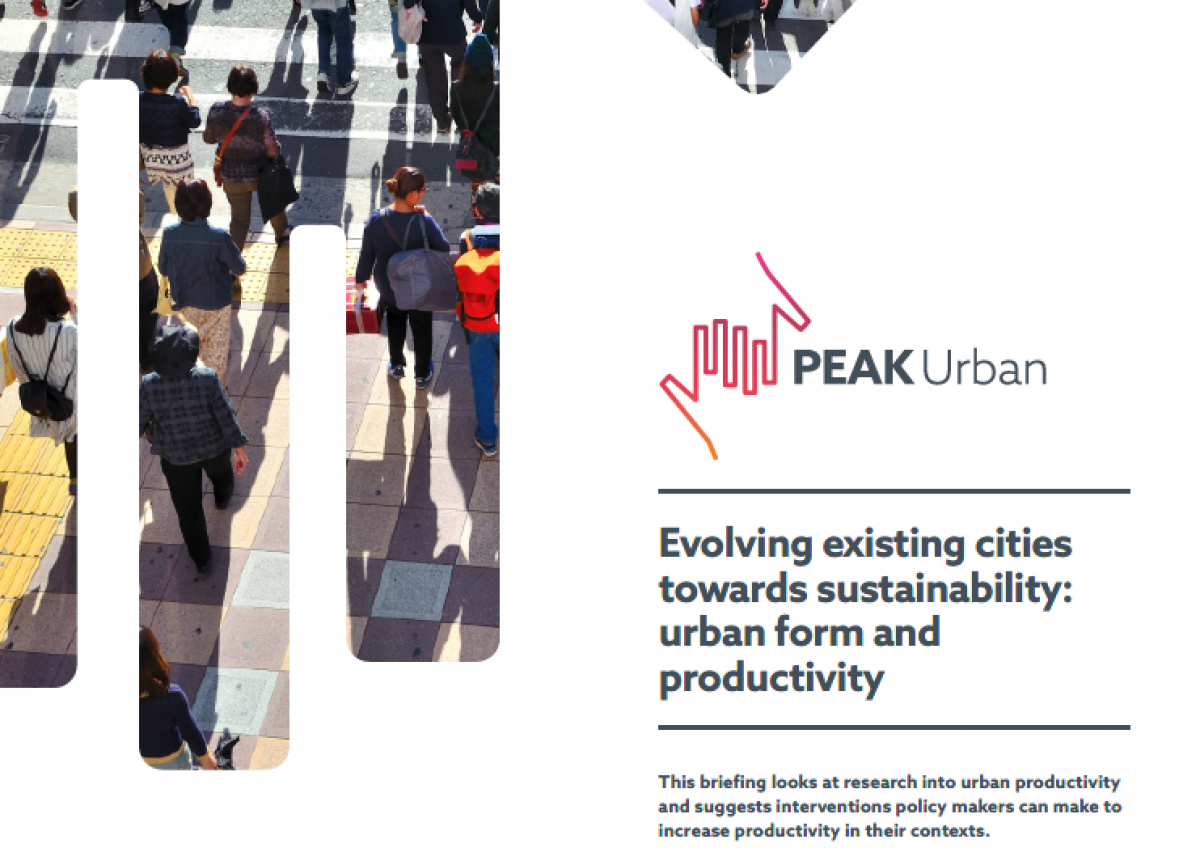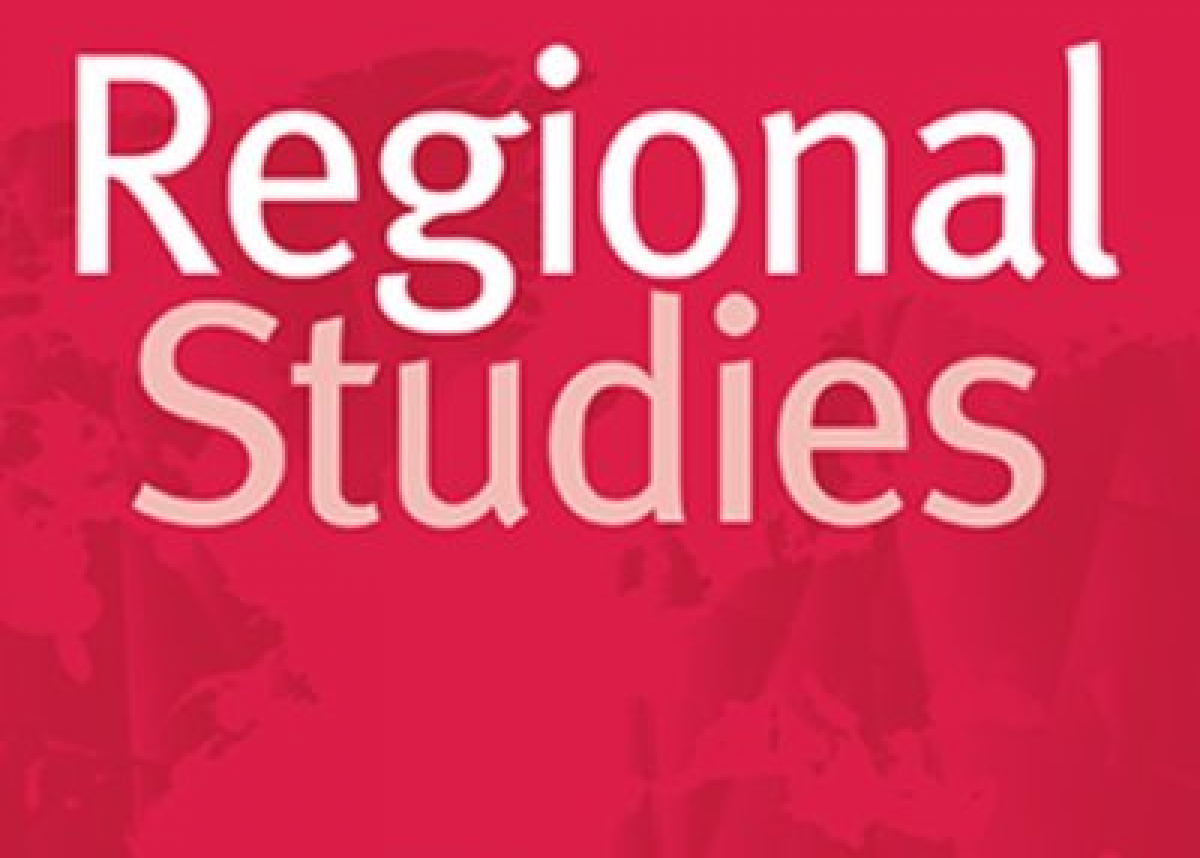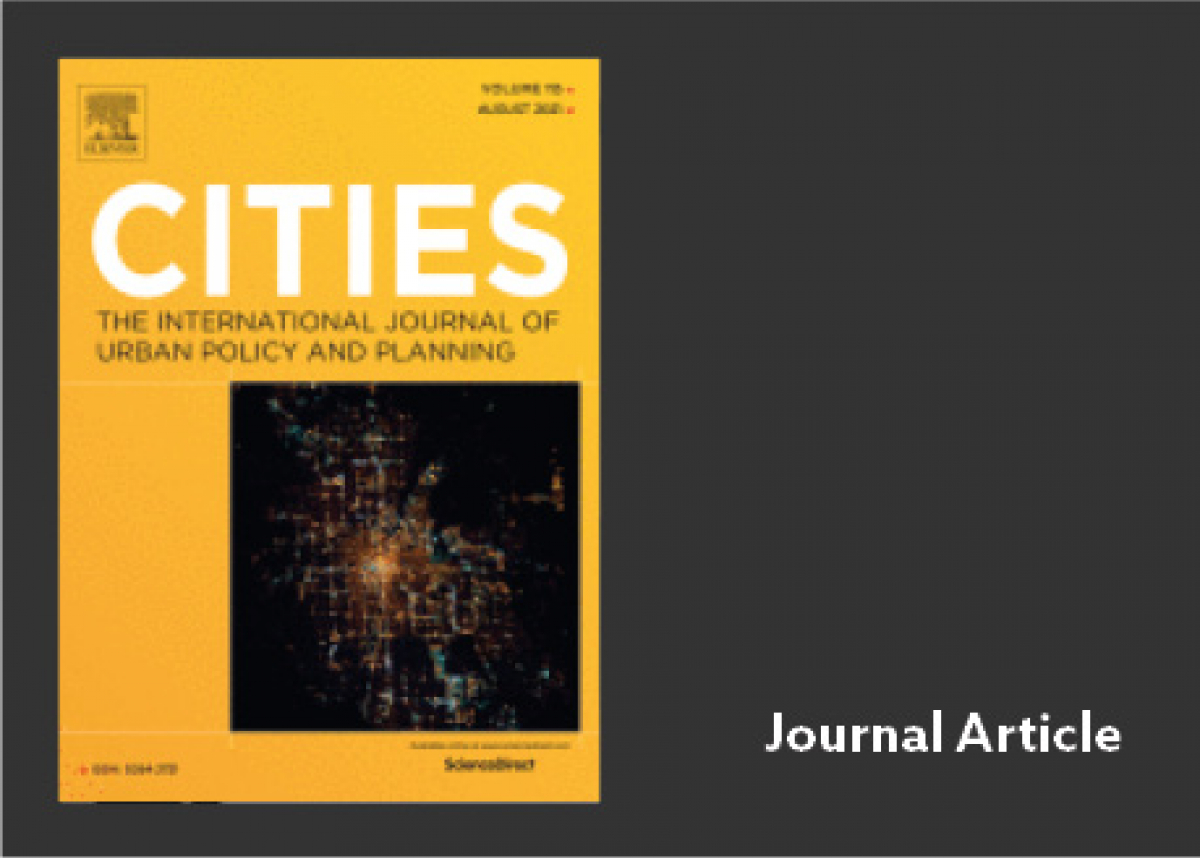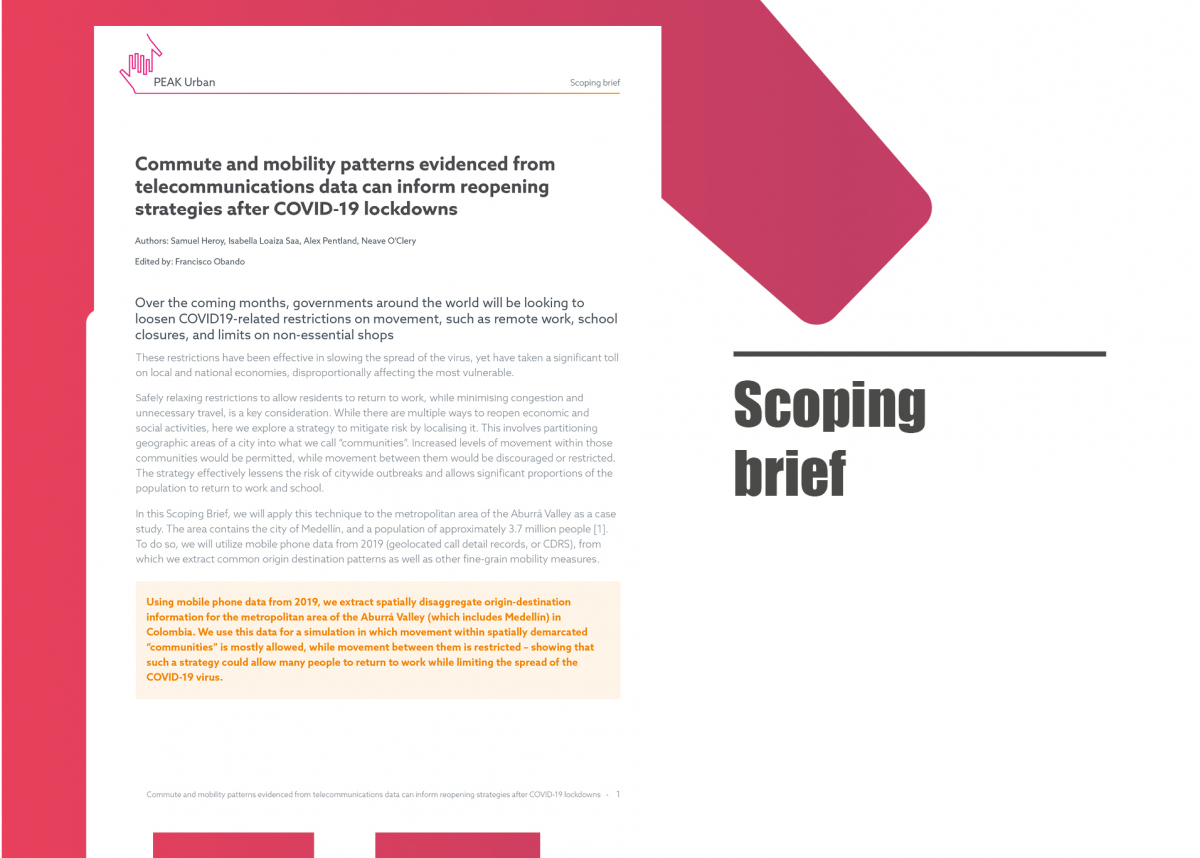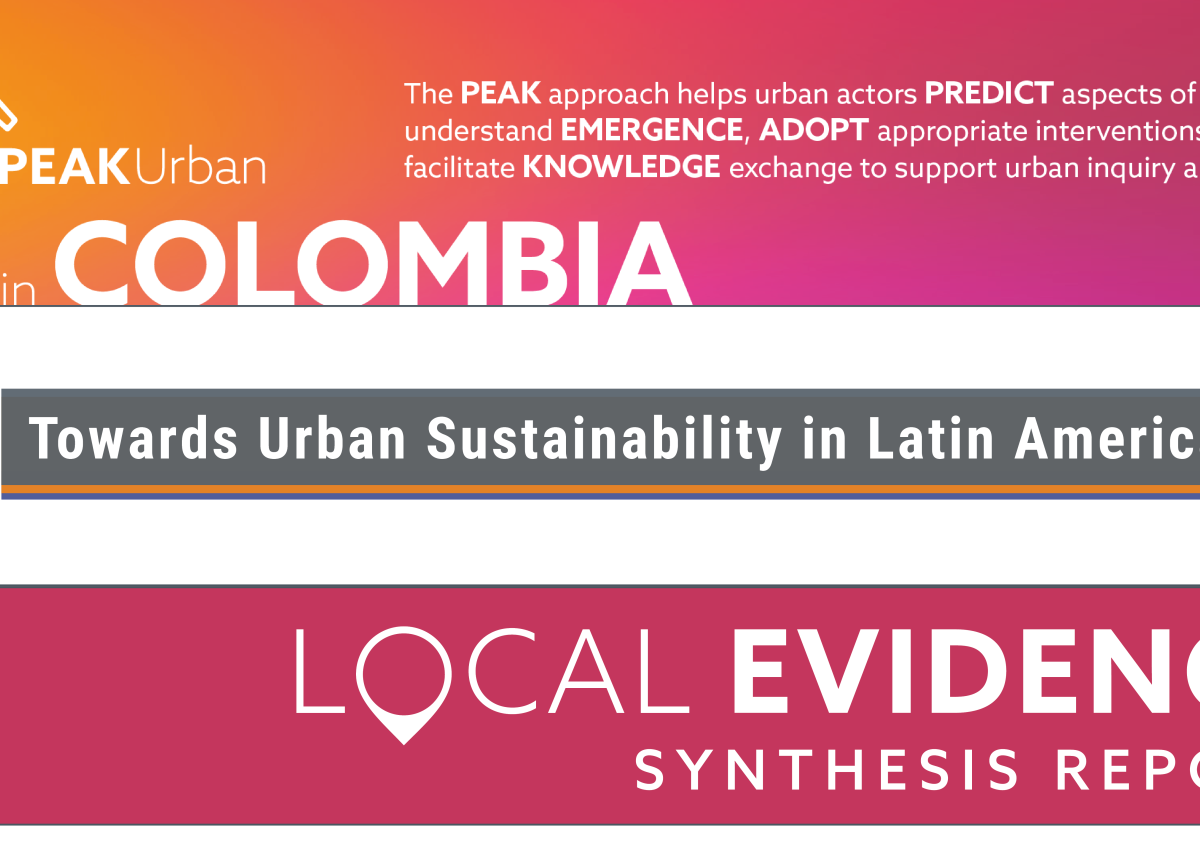
Rethinking stratification: Building an equitable, sustainable subsidy system to fund utilities in Colombia
A system for providing utilities forms part of the broader discussion around reduction of inequalities in developing countries, and can act as a useful policy tool that contributes to citizen welfare improvement strategies. The socio-economic profile of developing countries makes it particularly important to assign the limited proceeds from taxes to those who need them most. The correct identification of beneficiaries and contributors supports the provision, sustainability and tax-progressiveness of the system. Conversely, inaccurate identification of the different groups wrongly benefits certain individuals, jeopardising the system’s long-term financial stability.
The Colombian approach to allocating subsidies for utilities (electricity, water and sewers) identifies different populations’ payment capacities based on the exterior physical characteristics of their homes and on the conditions of the immediate surrounding areas. This approach, commonly known as “stratification”, classifies population into six groups from the lowest level (strata 1) to the highest level (strata 6).
Almost three decades after its conception, various evaluations of the stratification system have found important weaknesses, concluding the system is obsolete and unable to achieve its intended goals. Changes to the stratification system can only be made by the central government, due to the legal framework. However, academia, non-governmental organisations and some local governments remain involved, advocating for change and keeping the issue on the political agenda, given the pressing need to address the negative effects of the current system.
This research identified key lessons and recommendations for changes to the current system.
1. Stratification promotes a mismatch between households’ payment capacities and their classification, thereby creating excessive inclusion of taxpayers among the beneficiaries. This means there are too many households classified as low-income or vulnerable, making them eligible for receiving a subsidy even though they have the capacity to pay the full rate for utilities.
2. The incorrect identification of taxpayers as beneficiaries causes cities to reach the maximum permitted threshold for subsidies in each stratification category, jeopardising local governments’ financial stability. As a result, expenditures surpass the resources collected to fund the system, creating a financial imbalance.
3. The system has strongly influenced the emergence and persistence of spatial segregation within cities.
Consequently, we recommend implementing a system based on a multi-dimensional assessment of household characteristics, instead of exclusively on their external features.
